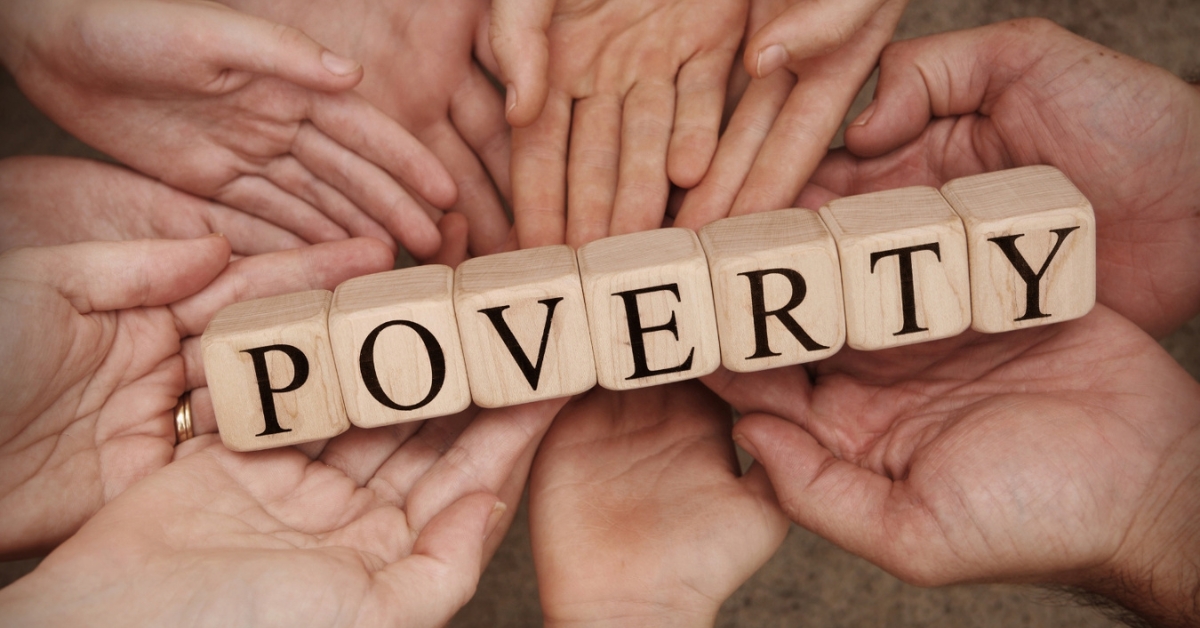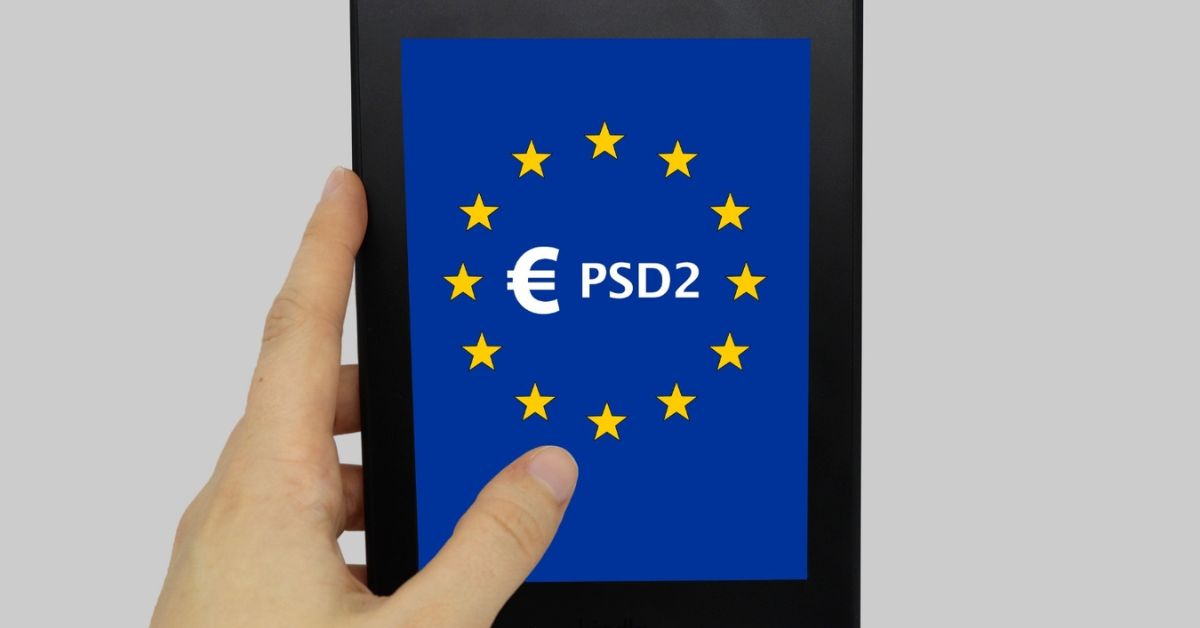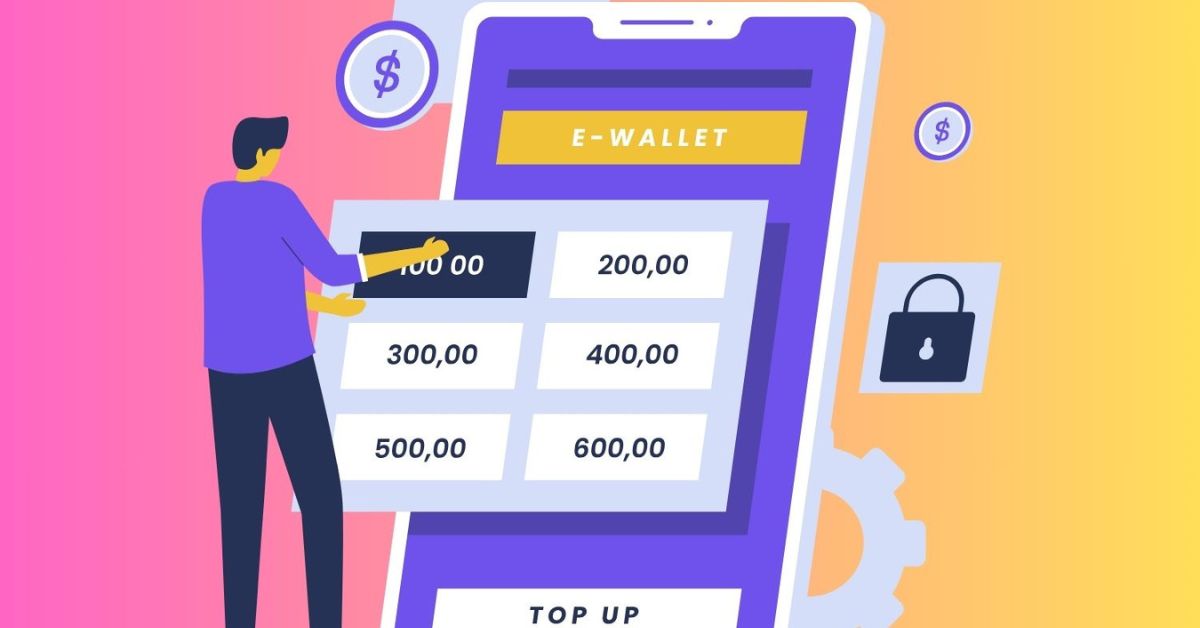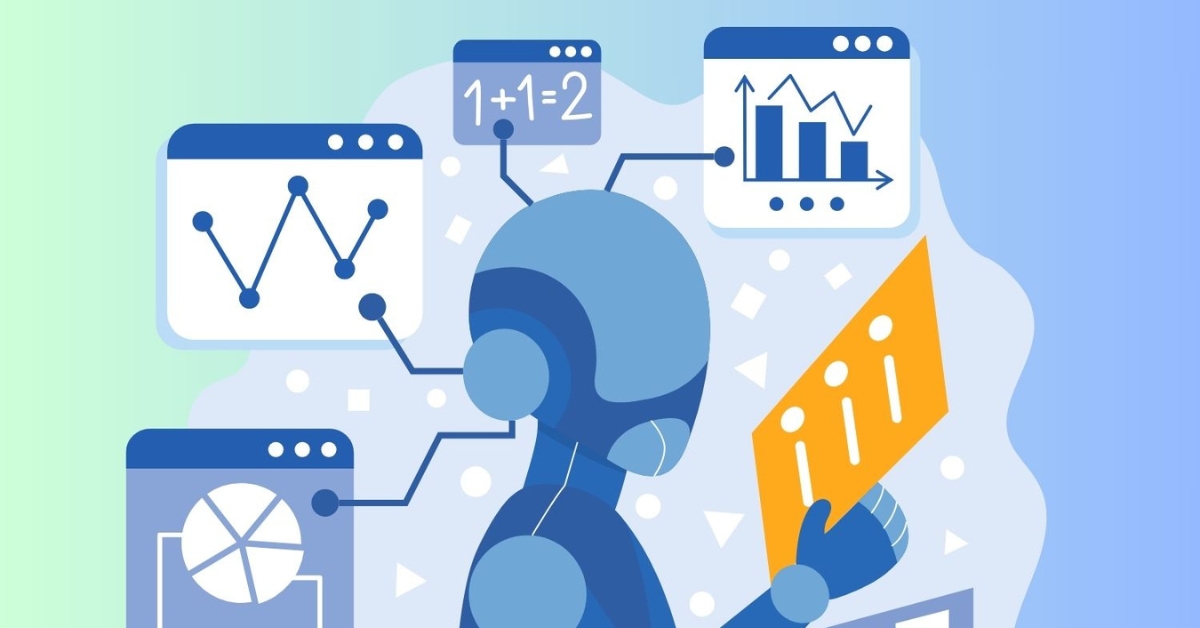Introduction
Microfinance, a transformative tool, has emerged as a beacon of hope in the fight against poverty, particularly in developing countries with limited access to traditional financial services. By providing small loans, savings accounts, and other financial services to individuals typically excluded from the formal banking system, microfinance institutions (MFIs) are empowering low-income individuals and communities to lift themselves out of poverty. This blog will delve into the concept of microfinance and its potential to bring about a brighter future through poverty alleviation.
What is Microfinance?
Microfinance refers to financial services, including small loans, savings accounts, insurance, and payment systems, specifically designed for low-income individuals or small businesses. Unlike traditional banks, which require collateral and strict eligibility criteria, microfinance institutions cater to those without access to conventional banking services, such as entrepreneurs in rural areas, small-scale farmers, or low-income households.
One key aspect of microfinance is its focus on providing small loans, often referred to as microloans. These loans, typically ranging from $50 to $500, allow individuals to start or expand small businesses, pay for education, or cover emergency expenses. As borrowers repay their loans, they can access more significant amounts over time, promoting financial independence.
Impact on Poverty Alleviation
Microfinance plays a significant role in reducing poverty in several ways:
1. Empowerment of Entrepreneurs: Microfinance allows individuals, especially women, to become entrepreneurs by giving them the capital needed to start or expand a small business. This economic empowerment helps people generate income, improve their quality of life, and contribute to their community’s economy.
2. Financial Inclusion: Microfinance is a beacon of hope, offering banking services to those traditionally excluded from the financial system. It provides individuals with tools to save, invest, and manage risks, making them feel included and part of a global effort. Access to these services reduces their vulnerability to economic shocks, such as illness or crop failure, and helps them build a more secure future.
3. Improved Education and Healthcare: Many microfinance recipients use their loans to pay for their children’s education or healthcare services, breaking the cycle of poverty for future generations. By addressing immediate financial needs, microfinance helps families invest in long-term human capital development.
Challenges and Considerations
While microfinance has had positive impacts, it is not without its challenges. High interest rates, over-indebtedness, and the risk of loan defaults can undermine its effectiveness. Therefore, responsible lending practices and financial education are not just important, but critical components for ensuring the sustainability of microfinance initiatives.
Conclusion
Microfinance has proven to be a valuable tool for poverty alleviation. It provides financial access to the underserved, empowers individuals, and fosters economic growth. When implemented responsibly, microfinance can make a lasting difference in the lives of low-income individuals, helping them break free from poverty and build brighter futures.
#Microfinance #PovertyAlleviation #FinancialInclusion #EconomicEmpowerment #SmallBusinessLoans #Microloans #Entrepreneurship #PovertyReduction #GlobalDevelopment #SustainableFinance
Categories



